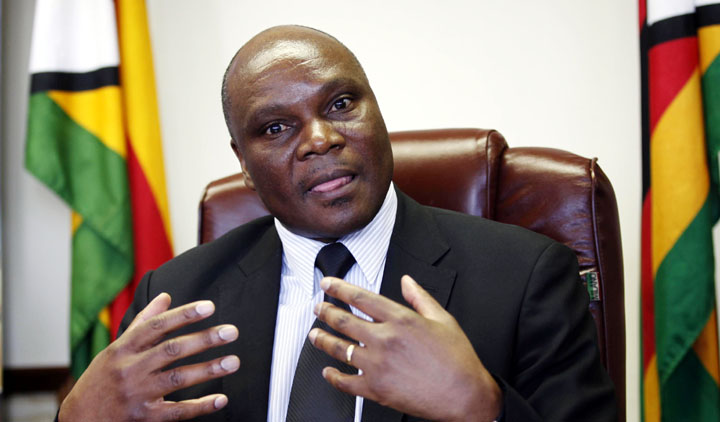
POLICY and economic analyst Butler Tambo has said the introduction of bond coins by the Reserve Bank of Zimbabwe (RBZ) last Thursday was a sign that the Zimbabwe dollar might be brought back within the next 18 months.
SILAS NKALA STAFF REPORTER
“It remains to be seen if the government will avoid minting more coins to meet recurrent expenditure,” Tambo said.
“Once the minting increases, it will become imperative to start introducing more portable forms of money which might mean introducing paper money of low denominational value, maybe a maximum of $10 bond notes. This will be the return of the Zimbabwe dollar and that cannot be more than 18 months away from now.”
Tambo said rural dwellers without access to the mass media and new media had no idea why these coins were introduced.

“This is creating mistrust of the government’s genuineness in dealing with the problem of change half a decade after the introduction of the multi-currency system in Zimbabwe,” he said.
“Why now after this long when people have even adjusted to the realities of getting things done by one way or the other?”
He said the current uncertainty could lead to massive withdrawals and closure of more bank accounts as people would prefer keeping their money at home fearing that the value of their savings could be eroded should the Zimbabwe dollar be brought back.
- Chamisa under fire over US$120K donation
- Mavhunga puts DeMbare into Chibuku quarterfinals
- Pension funds bet on Cabora Bassa oilfields
- Councils defy govt fire tender directive
Keep Reading
“Social media messages of imminent reductions in bank withdrawal limits to $200 a day are already sending shock waves to the banking public and the RBZ has still not done anything to allay these fears,” he said.
He said too much secrecy shrouded the introduction of the bond coins and people’s mistrust of the government because of previous bad experiences over losing whole life savings and entire pensions through hyperinflation and the demonetisation of the Zimbabwean dollar five years ago was still very high.
“Questions arise as to whether there is a $50 million bond to back these coins or it only exists in theory because if in essence the RBZ had such sums in its vaults, then it would not have needed the government to take over its debt of $1,35 billion through the RBZ Debt Assumption Bill that has been widely rejected at all consultations held throughout the country,” he said.
“For instance, if a supermarket or filling station after sales collects $500 000 worth of bond coins, where will they change these to get US dollar equivalent for them to restock considering that the bond coins are only tradable in Zimbabwe?”
He said the government was well known for its high appetite for un-budgeted expenditure, so nothing could stop it from either ordering the import of more than the requisite $50 million that is bonded or simply minting coins in Bulawayo since the minting plant was not being used.
“Two weeks after the 2015 budget, with the Finance minister (Patrick Chinamasa) complaining of recurrent expenditure and a bloated civil service that is gobbling 81% of the total budget costs, the government now has to pay for salaries, perks and brand new vehicles for the two new vice-presidents and new ministries,” he added.

Tambo said with the current liquidity crunch, Zimbabwe Revenue Authority failing to meet its revenue collection targets and more than 4 600 companies closing shop rendering more than 55 000 jobless, the contraction in the tax base due to high unemployment of more than 80% further complicated the revenue collector’s unenviable position.
“Most of the debt piled up when the RBZ embarked on quasi-fiscal activities which the government says were necessary to counter sanctions,” he argued.
“Among its dues, the RBZ has an institutional debt of $110 million, $80,2 million in central bank lines of credit, a sovereign debt of $452,6 million and local debt of about $440 million.”
Tambo said trying to compare RBZ bond coins to the ones used in Panama was a fallacy and treachery because Panama had a stable economic growth that was consistent, whereas Zimbabwe has a falling and inconsistent growth.










